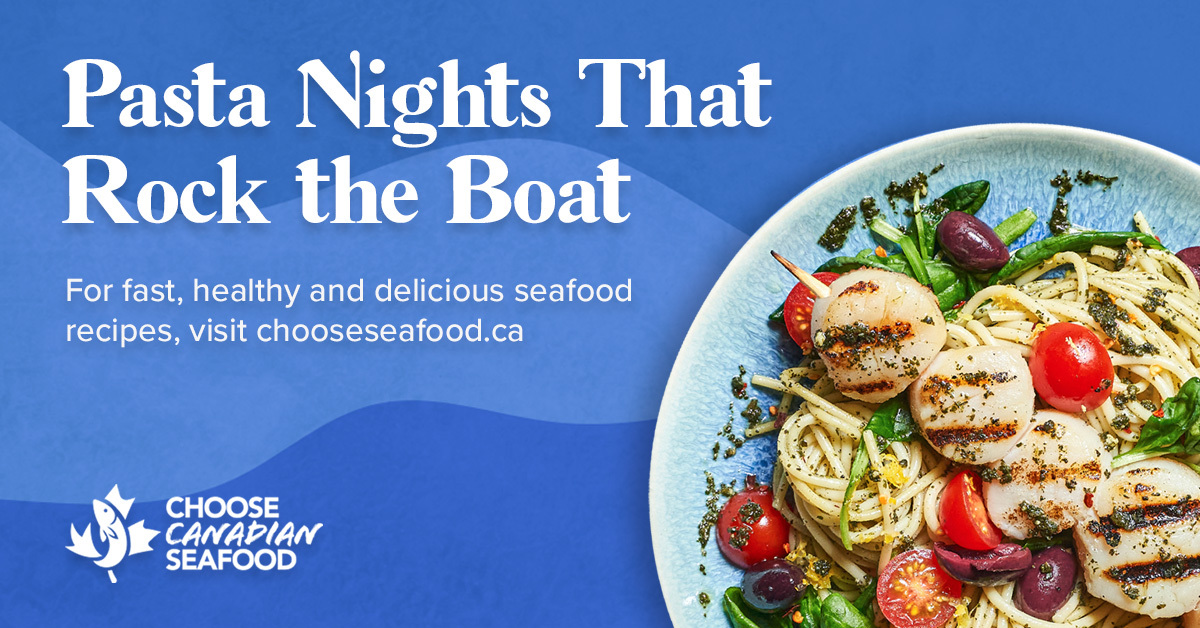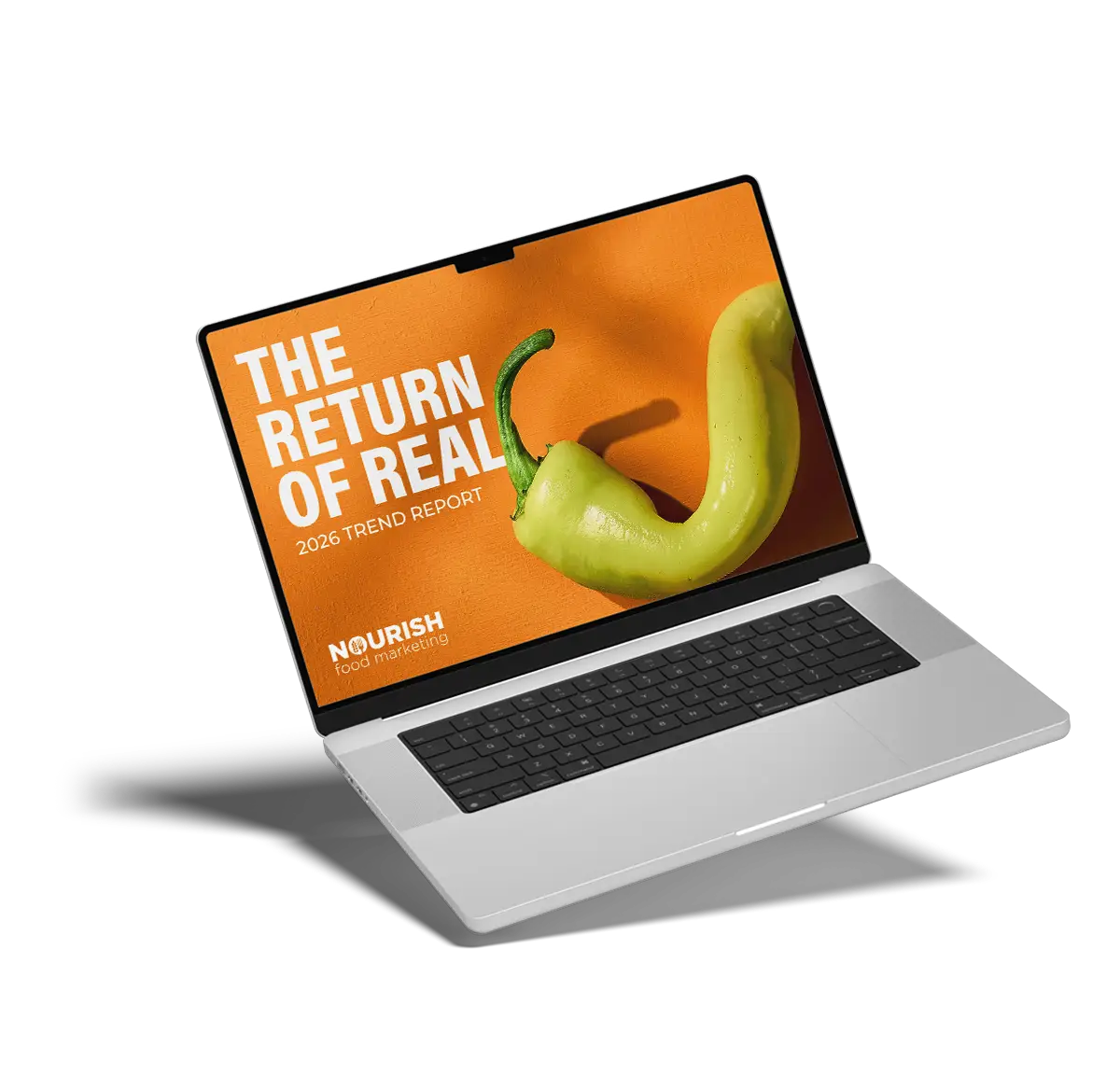Less than one-third of seafood consumed in Canada is Canadian. Nourish & Choose Canadian Seafood are working to change that.
With three oceans around us, the world’s longest coastline, and lakes beyond counting (perhaps as many as 2 million), it’s not surprising that Canada’s fisheries are a multi-billion-dollar industry. It was fish that brought Europeans to Canadian waters in the 15th century, notably the once-epic cod stocks of the North Atlantic, said to be so plentiful, you could haul them out of the ocean with a bucket.
What is surprising, however, is that, despite being an in-demand exporter of high-quality seafood to over 130 countries, less than a third of seafood eaten in Canada is harvested in Canada. That’s one of the challenges the teams from the Canadian Aquaculture Industry Alliance (CAIA) and Fisheries Council of Canada (FCC) face in 2022.
“While 80% of Canadians eat fish, only 30% of seafood consumed in Canada is actually Canadian,” said CAIA president & CEO Timothy Kennedy, as quoted in the Toronto Sun and published across the Postmedia network. As marketers, where we see a gap, we also see an opportunity to connect businesses with the consumers they’re missing.
In Marketing, you don’t set your sails until you’ve charted a course
Before we get too far ahead in our story, though, let’s back it up to the beginning or bring the boat back to the dock, as it were.
When CAIA and FCC first approached us, they had a vague mission to raise the profile of all Canadian fish and seafood, build public trust, and expand the consumer base in Canada. Since it’s impossible to make good marketing decisions without data, we began a three-stage research phase to find out who is and who isn’t eating seafood and why. (That’s the gutted, deboned, and filleted version of the process!)

One of our key takeaways was that fish consumption has been essentially flat for the past three decades, showing just 0.3% growth since 2016. During those 5+ years, the overall protein segment grew despite a decline in beef and pork consumption. That growth was led by chicken and eggs. So, though we’ve seen a moderate shift away from two staple proteins and the rise of flexitarianism, seafood has not managed to find its way onto more plates.
Canadian consumers’ preconceived notions about seafood are slowing uptake
Still, someone is eating seafood. But who? Turns out it’s older Canadians. Our deep dive into IPSOS data revealed 7.2% growth in seafood consumption since 2016 in the 50–64 age bracket, and 4.0% among empty-nesters of any age. Millennials are eating some fish (a lot of it raw), but no one seems to be passing the seafood habit down to the Gen Zs.
Additionally, and very importantly, even seafood-positive consumers aren’t eating it very often. The average Canadian consumes seafood about once per week, despite getting a stamp of approval from WHO and Health Canada. In fact, Canada’s Food Guide recommends eating seafood twice a week.
The gap seemed to us to be in familiarity. Survey data showed younger consumers don’t know that seafood can be economical and easy to prepare, making it suitable as an everyday choice, not just a special occasion meal. Consumers were keen to learn about better priced options, simple meals, and labelling that assured them they were buying Canadian.
With our consumer behaviour factbase established, and armed with a broader understanding of barriers and drivers impacting seafood consumption among Canadians, we moved on to develop a positioning and communication strategy.
Families are the key demographic for success
We determined the path to success lay with the Millennials. Specifically, YEMPs — Young Educated Millennial Professionals — with families. By targeting an already seafood-positive demographic under-indexing on consumption, the intention is to nudge them towards an extra serving or two of seafood per week while also indirectly grooming the next generation of Canadian Seafood consumers, their children. Easier to encourage an existing behaviour than to “swim upstream” and persuade non-consumers to make seafood their protein of choice.
To boost consumption, our strategy positions seafood as:
a simple alternative to other proteins,
a healthy choice with high levels of protein, omega-3s, and other nutrients,
sustainable,
and supportive of a vital Canadian industry.
The Marketing Mix includes a new logo, slogan, consumer website, digital and social media ads, PR and Influencer marketing, and social media accounts. We’ve removed barriers to purchase by providing simple and exciting new recipes developed in-house (accompanied by mouth-watering photography shot in our studio), tips on how to seamlessly add more Canadian Seafood to your life, and compelling health and lifestyle benefits of eating seafood.

Future plans call for experiential activations to engage consumers where they shop and play. Discussions with Canadian retailers have already begun as we seek ways to utilize the dynamic new Choose Canadian Seafood logo as a signpost for consumers; when you see this logo, that’s your guarantee you’re buying genuine Canadian seafood.
The ultimate aim is to get our seafood-loving audience not just to eat more fish, scallops, lobster, and so on. We also want them to see the benefits of choosing Canadian seafood for freshness, authenticity, flavour, and to support our vital fisheries industry. Once all that’s ingrained into their perceptions and new consumption habits form, we can be confident we’ve effected real, lasting change.
We’ll update you down the road as waves of data roll in, but we’re feeling confident that more Canadians will Choose Canadian Seafood in 2022 and beyond, and make Smarter Meals Out of the Blue.
